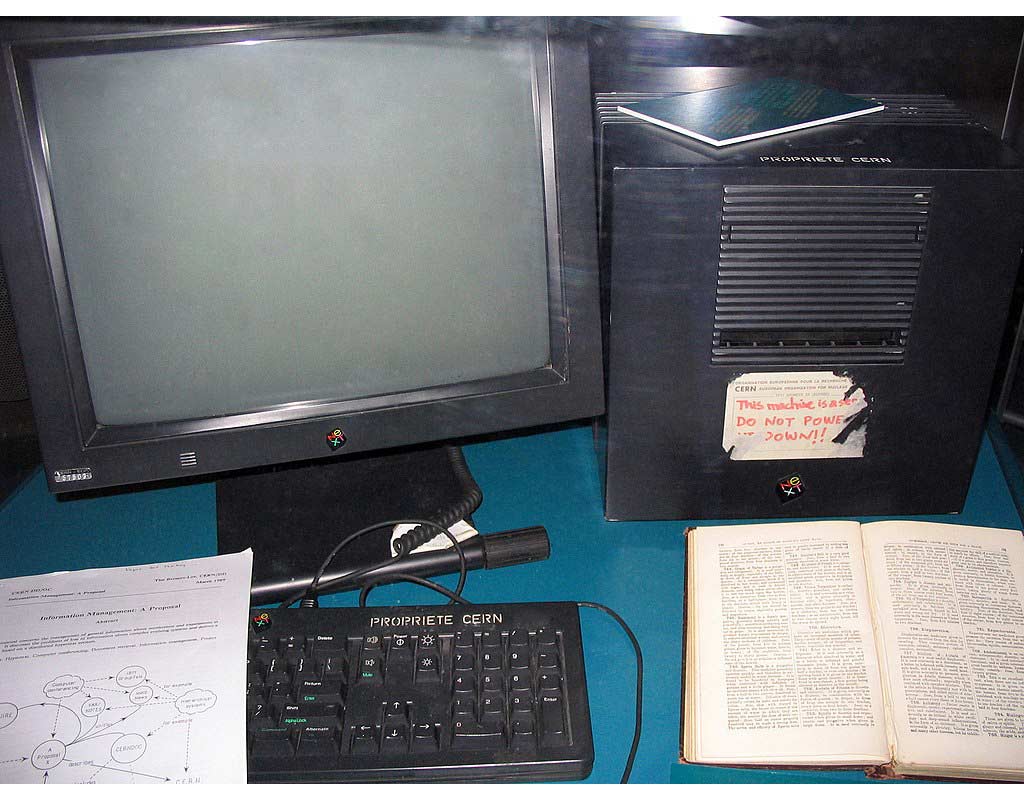The internet and the web have been used interchangeably, while as a matter of fact, the two terms have different meanings.
Internet refers to the vast networking infrastructure that connects computers across the world, while the World Wide Web (or also referred to as just the "web") is the worldwide collection of text pages, digital images, music files, videos, and animations, which users can access over the internet.
While the World Wide Web was invented by Tim Berners-Lee, as a technology so expansive and ever-changing, it is impossible to credit the invention of the modern internet to a single person.
The internet was the work of dozens of pioneering scientists, programmers and engineers who each developed new features and technologies that eventually merged to become the "information superhighway".
It was in March 12, 1989 that Berners-Lee wrote a proposal for "a large hypertext database with typed links", submitted in a memorandum titled "Information Management: A Proposal".
This was the time that the web was officially born.

Berners-Lee met Robert Cailliau, which was an enthusiastic supporter of his work.
The two pitched Berners-Lee's ideas to the European Conference on Hypertext Technology in September 1990, but found no vendors who could appreciate his vision of marrying hypertext with the internet.
But here, Berners-Lee that was encouraged by his boss, Mike Sendall, began his work with confidence.
He first implemented his system on a newly acquired NeXT workstation. This particular computer became the world's first ever web server, with a sticky label on the front that said
Naming his invention, Berners-Lee came up with several names, including Information Mesh, The Information Mine or Mine of Information.
But he eventually settled with the name "World Wide Web."
This was followed by the first workable prototype of the Internet that came in the late 1960s with the creation of ARPANET, or the Advanced Research Projects Agency Network.
The project that was originally funded by the U.S. Department of Defense, used packet switching to allow multiple computers to connect and communicate on a single network. The technology continued to grow in the 1970s after scientists Bob Kahn and Vint Cerf developed Transmission Control Protocol and Internet Protocol, or TCP/IP, a communications model that set the standards for how data could be transmitted between multiple networks.
It was in January 1983 that ARPANET adopted TCP/IP, and it was from there that researchers around the globe began assembling the “network of networks” that eventually became the modern internet.